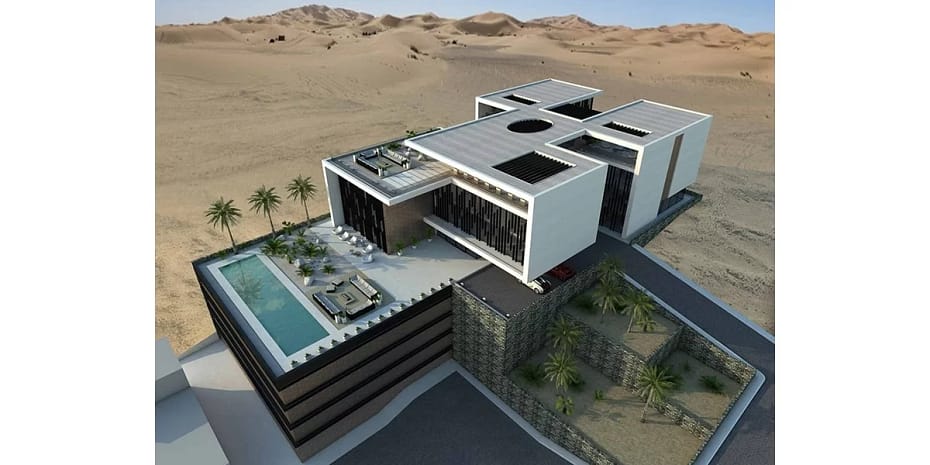In the realm of architecture, the concept of modern design stands as a testament to innovation, functionality, and aesthetic finesse. Characterized by clean lines, geometric shapes, and an emphasis on minimalism, modern architecture transcends mere structural frameworks to become a reflection of contemporary ideologies and societal progress.
Simplicity as a Guiding Principle
At the core of modern design lies a profound appreciation for simplicity. Architects, driven by the ethos of less is more, strive to create spaces that are uncluttered yet compelling. This pursuit of simplicity extends beyond mere aesthetics; it embodies a deeper understanding of spatial efficiency and ergonomic design. Spaces are meticulously planned to optimize functionality while maintaining an air of elegance and sophistication.
Integration with the Environment
One of the hallmarks of modern architecture is the emphasis on integration with the surrounding environment. Through the adept use of materials, natural light, and spatial arrangement, architects seamlessly merge indoor and outdoor spaces, blurring the boundaries between the built environment and nature. This symbiotic relationship not only enhances the visual appeal of the structure but also fosters a sense of harmony and balance.
Harnessing Technological Advancements
Furthermore, modern design often embraces technological advancements to push the boundaries of innovation. From sustainable building materials to cutting-edge construction techniques, architects harness the power of technology to create structures that are not only visually striking but also environmentally conscious. Energy-efficient designs, green roofs, and passive heating and cooling systems are just a few examples of how modern architecture is shaping a more sustainable future.
Artistic Expression and Emotional Impact
In addition to its functional aspects, modern design in architecture serves as a canvas for artistic expression. Architects utilize form, texture, and space to evoke emotions and provoke thought. Each element within a modern structure is carefully curated to evoke a specific response, whether it be a sense of tranquility in a minimalist interior or a feeling of awe-inspiring grandeur in a bold geometric facade.
Cultural Diversity and Global Influences
Moreover, modern architecture often embraces cultural diversity and global influences. Architects draw inspiration from a myriad of sources, ranging from traditional craftsmanship to contemporary art movements. This cross-pollination of ideas results in a rich tapestry of architectural styles that reflect the multicultural landscape of our world today.
Innovative Materials and Construction Techniques
Modern architecture also embraces a wide array of innovative materials and construction techniques. Architects constantly explore new materials such as glass, steel, and concrete, pushing the boundaries of what is possible in terms of structural integrity and aesthetic appeal. Advanced construction methods, including prefabrication and modular construction, streamline the building process and allow for greater efficiency and cost-effectiveness.
These innovative approaches not only facilitate the creation of daring architectural forms but also enable architects to address complex challenges. Such as urban density and climate change. By leveraging cutting-edge materials and construction techniques, modern architects are able to design buildings that are not only visually striking but also durable, adaptable, and environmentally sustainable.
Conclusion
In essence, modern design in architecture represents a harmonious fusion of form and function, innovation and tradition, simplicity and complexity. It transcends temporal boundaries to become a timeless testament to human creativity and ingenuity. As we continue to evolve and progress as a society, so too will the language of modern architecture. Continually pushing the boundaries of what is possible and redefining our built environment for generations to come.
More on INJ Architects:

